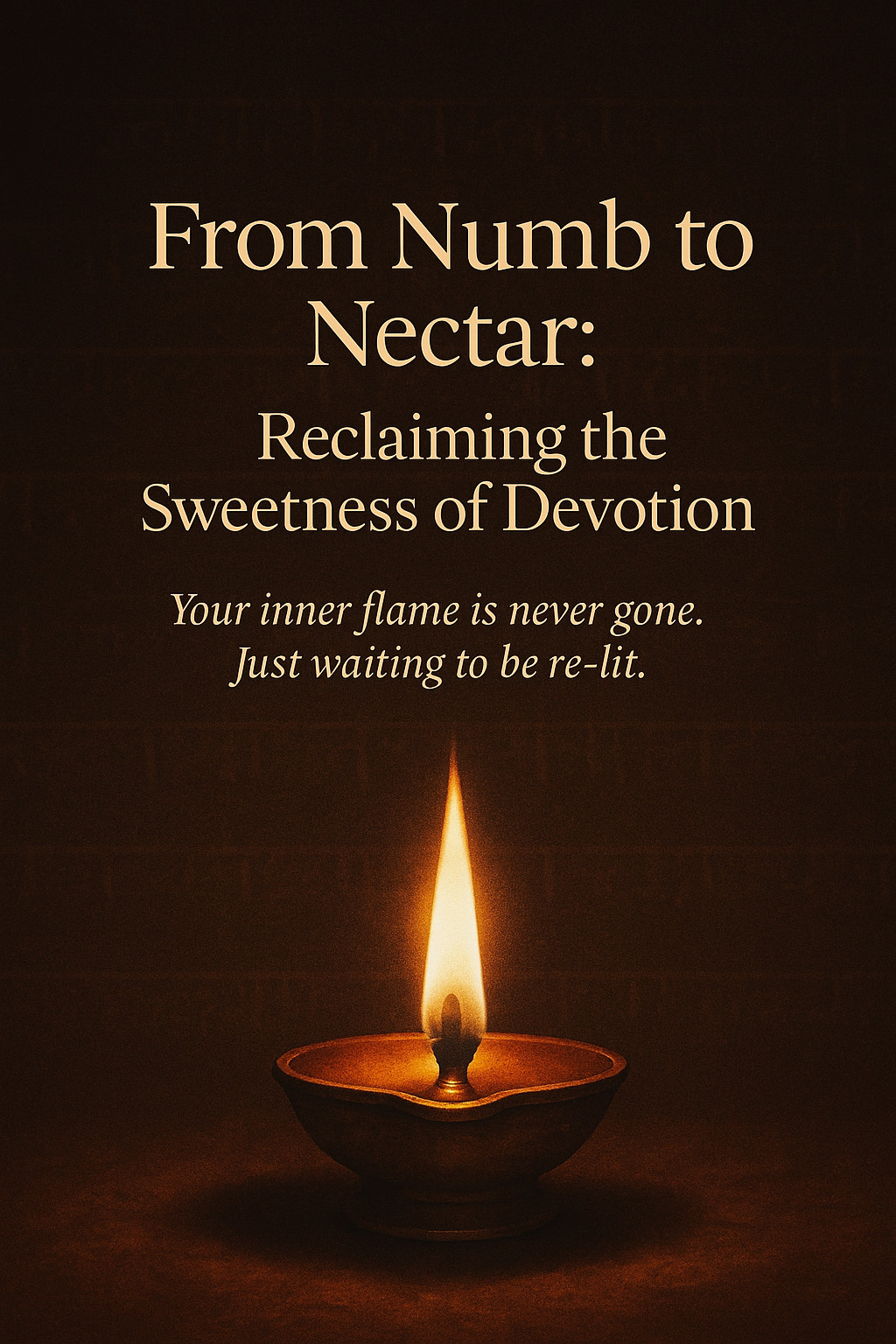Makara Sankranti marks the Sun's entry into Capricorn, heralding a period known as Uttarayana, which signifies spiritual significance, abundance, and light. This transition is celebrated across various cultures, symbolizing the journey from darkness to light—a time for growth, prosperity, and spiritual alignment. Occurring from January 13th/14th to February 12th, Makara Sankranti is seen as an opportunity for healing and inner reflection, encouraging individuals to set intentions and embrace transformation.
During Uttarayana, the Sun’s movement through Capricorn is categorized by its passage through three Nakshatras: Uttara Ashada, Shravana, and Dhanishta, each offering distinct opportunities for personal and spiritual growth. Uttara Ashada emphasizes perseverance and success, while Shravana focuses on introspection and listening, and Dhanishta highlights abundance and rhythm. Rituals associated with these Nakshatras, such as Surya Namaskar, meditation, and goal-setting, are designed to harness the energy of this auspicious period.
The Sun’s transition through Capricorn is more than an astronomical event; it’s a profound spiritual opportunity to embrace change and align with cosmic rhythms. Through intentional practices like gratitude, mantras, and connecting with nature, individuals can cultivate a life of abundance and harmony. As the Sun ascends northward, it calls for personal evolution, encouraging the release of the old and the embrace of the new, fostering a journey toward higher potential and grace.
Read more...The Winter Solstice is a significant cultural moment revered worldwide for its profound physical and spiritual impact. Marking the year's longest night, it symbolizes renewal and transformation as darkness gives way to light. This seasonal shift aligns with the body's natural processes, promoting a sense of physical renewal and balance as vital fluids undergo a renewal, strengthening our innate capacity for health and vitality.
To truly embrace the solstice, it is encouraged to celebrate with intention by engaging in practices that support both body and spirit. This includes consuming nourishing, warming foods, simplifying routines for inner peace, and participating in joyous activities that honor the light within and around us. Such practices not only amplify the body's natural renewal but also set a positive tone for the year ahead.
Spiritually, the Winter Solstice invites reflection, urging us to let go of old patterns and plant new seeds of intention. It is a sacred time to release past burdens, align with future goals, and celebrate the returning light as a beacon of hope and growth. By participating in cultural traditions and personal rituals, we honor the solstice's magic and align with the universal rhythms of renewal and transformation.
Read more...From December 12th to 18th, 2024, the Sun enters the mystical Gandanta zone, marking a transformative phase as it transitions between the zodiac signs of Scorpio and Sagittarius and the Jyeshta and Mula Nakshatras. This celestial event signifies a period of unraveling karmic ties and deep-seated patterns, presenting an opportunity for renewal and conscious transformation. The Gandanta, meaning "knot," emphasizes the release of what no longer serves us, urging an embrace of new beginnings.
During this time, expect feelings of confusion and uncertainty as plans may face delays and clarity often seems elusive. The Sun's weakened state might lead to challenges in self-expression, causing doubts about one's direction and self-worth. The intersection at the Jyeshta-Mula boundary brings a volatile energy, pushing for dismantling of the ego and profound change, while the Gandanta encourages liberation from outdated obligations, fostering empowerment through conscious choices.
A Full Moon on December 15th intensifies emotional experiences, cautioning against impulsive decisions and advising introspection and patience. Navigating this period calls for spiritual practices such as meditation and journaling to maintain alignment, and conscious efforts to let go of burdensome patterns or relationships. This phase heralds a time for profound spiritual growth, offering the chance to release karmic knots and align with higher purposes, guiding one toward authenticity and inner peace.
Read more...A solar eclipse, known as **Surya Grahan** in Hindu tradition, carries deep spiritual and religious significance beyond its celestial mechanics. Hinduism considers these events inauspicious, attributing them to the mythical demon **Rahu** who temporarily devours the Sun or Moon, causing a shift in cosmic energies that can heighten fears and negativity. Adherents often recite specific mantras and follow traditional rituals to mitigate these adverse effects.
During a Surya Grahan, various mantras such as the **Tamomaya Mahabhima Mantra**, **Vidhuntuda Mantra**, **Mahamrityunjaya Mantra**, **Gayatri Mantra**, and **Surya Mantra** are chanted for protection, peace, and spiritual well-being. Devotees also perform rituals involving sacred elements like water, Tulsi leaves, and incense sticks to purify their environment. These practices aim to fortify individuals against the eclipse's perceived negative energy and to spiritually enrich their lives.
Historically and mythologically, solar eclipses have significant roots in Hinduism, as evidenced by the epic **Mahabharata** and Lord **Krishna’s** actions, underscoring the importance of ritualistic bathing during these times to cleanse sins and acquire virtues. Thus, while a solar eclipse holds astronomical interest, it is also a profound period for spiritual contemplation and renewal, where observing specific rites is believed to transform negative influences into opportunities for growth and prosperity.
**Understanding the Spiritual Significance of Surya Grahan in Hinduism**
A solar eclipse, known as **Surya Grahan**, is a significant event in Hinduism, regarded as more than just a celestial occurrence. Rooted in ancient beliefs, the eclipse represents the cosmic battle where **Rahu**, a mythical demon, temporarily devours the Sun, leading to an inauspicious period filled with heightened fears and negative energies. To mitigate these effects, Hindus engage in various spiritual practices and recite specific mantras.
**Traditional Remedies and Mantras During an Eclipse**
Observing Surya Grahan comes with recommended rituals to counter adverse impacts. Powerful mantras like the **Tamomaya Mahabhima Mantra** and the **Vidhuntuda Mantra** are chanted to seek peace and protection from Rahu's influence. In addition, well-known mantras such as the **Mahamrityunjaya Mantra**, **Gayatri Mantra**, and **Surya Mantra** play crucial roles in invoking spiritual safety and blessings.
**Rituals and Practices for Prosperity**
During the eclipse, devotees also focus on prayers for career success and material prosperity with mantras dedicated to **Goddess Lakshmi**. Incorporating elements like water, Tulsi leaves, and sacred grass enhances the efficacy of these rituals. Emulating the example of Lord Krishna from Hindu mythology, who bathed in holy waters during an eclipse for purification, reinforces the significance of such practices in attaining virtues and spiritual growth.
Read more...
